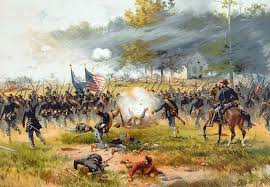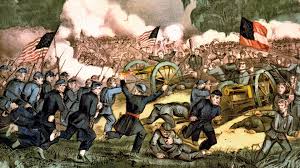Civil War Causes and Effects
As we delve into the tumultuous era of the Civil War, it is crucial to understand the backdrop against which this monumental conflict unfolded. The United States in the 19th century was a nation teetering on the edge of chaos, grappling with deep-rooted divisions that threatened to tear it apart. From the bustling industrial cities of the North to the sprawling plantations of the South, each region painted a starkly contrasting picture of America’s identity and aspirations.
Setting the Stage: The United States in the 19th Century
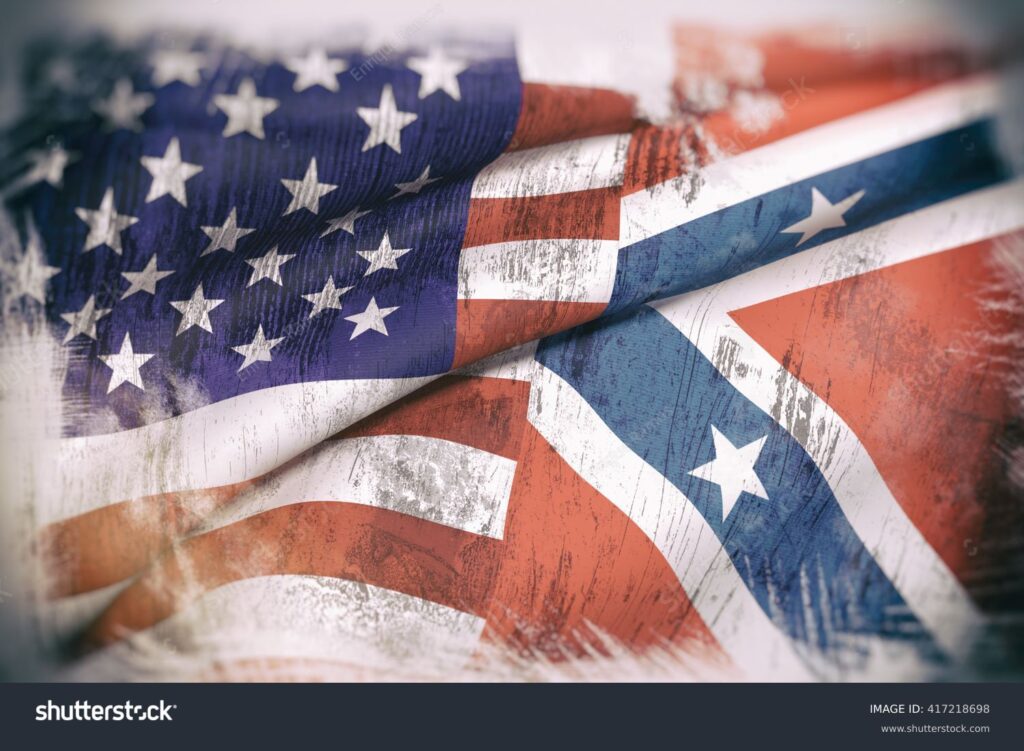
The 19th century saw America undergo rapid transformations fueled by industrialization, westward expansion, and shifting social dynamics. In the North, burgeoning cities like New York and Philadelphia bustled with activity as factories churned out goods and immigrants flocked to urban centers in search of opportunity. Meanwhile, in the agrarian South, vast plantations worked by enslaved laborers defined a society deeply entrenched in a hierarchical structure.
This stark regional divide was not merely economic or social but also cultural and ideological. The North embraced progress, innovation, and a vision of a modernizing nation propelled by industry and commerce.
In contrast, the South clung fiercely to traditions of agriculture, aristocracy, and a way of life intricately tied to slavery. These conflicting worldviews set the stage for simmering tensions that would eventually boil over into one of history’s bloodiest conflicts.
The Powder Keg: Tensions Building Across the Nation
With each passing year leading up to the Civil War, tensions across America reached a fever pitch as competing interests clashed with increasing hostility. The debate over states’ rights versus federal authority simmered beneath every political decision and legislative action taken in Washington D.C., threatening to ignite at any moment.
As both sides dug their heels deeper into their respective positions on issues such as slavery expansion and economic policies, it became clear that compromise was becoming increasingly elusive. The nation stood atop a metaphorical powder keg ready to explode at any provocation.
Every political speech delivered, every newspaper article published seemed to fan the flames of discord between North and South. The country found itself hurtling towards an inevitable reckoning; one that would test its very foundations and reshape its future forever.
Sectionalism: North vs. South Divide
Let’s delve into the core of the Civil War, where the stark divide between the industrial North and the agricultural South laid the foundation for conflict. The North, with its booming factories and bustling cities, stood in stark contrast to the agrarian society of the South. This economic disparity fueled tensions as each region vied for dominance and control over national policies.
Economic Differences: Industrial North vs. Agricultural SouthThe economic landscape of antebellum America painted a clear picture of divergence. The North’s industrial prowess and embrace of modernization clashed with the South’s reliance on plantation agriculture fueled by slave labor. As Northern factories churned out goods and innovations, Southern plantations clung to a labor-intensive system that perpetuated inequality and exploitation.
Cultural Divide: Urban vs. Rural LifestylesBeyond economic disparities, cultural rifts deepened as urban Northern lifestyles collided with rural Southern traditions. The fast-paced urban centers of the North represented progress and change, while the slower pace of life in rural Southern communities entrenched conservative values and resistance to societal shifts.
Slavery Issue: Root of Discord
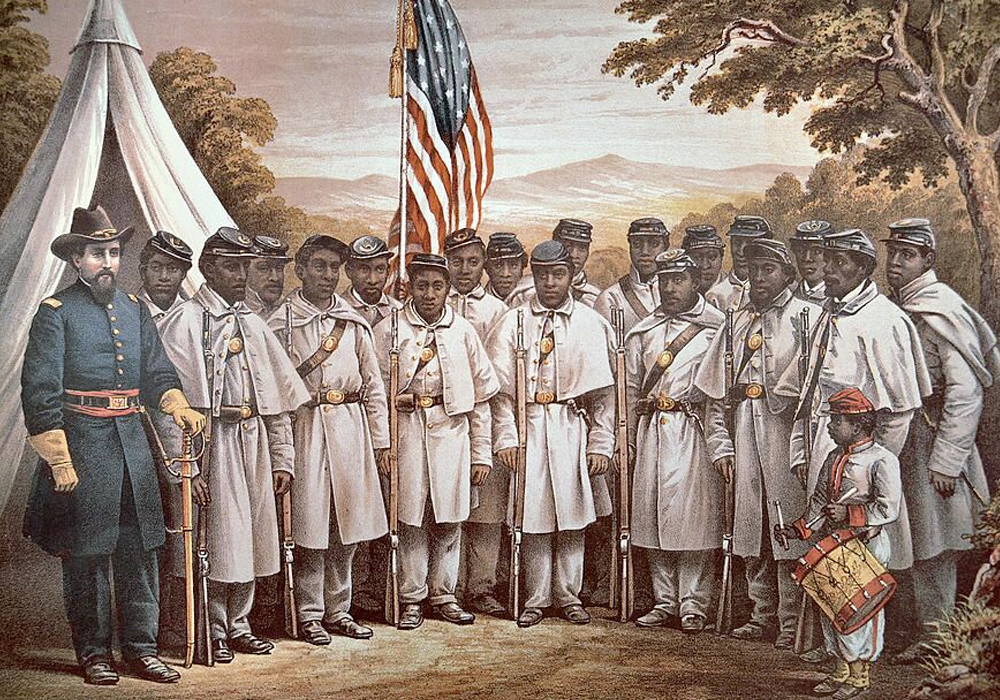
The specter of slavery loomed large over America in the lead-up to civil strife, serving as a powder keg ready to ignite conflict between abolitionists in the North and defenders of slavery in the South.
Expansion of Slavery Debate
The contentious debate over expanding slavery into newly acquired territories intensified tensions between free states and slave states. As each side argued vehemently for their stance on slavery’s expansion, it became clear that compromise was becoming increasingly untenable.
Abolitionist Movement and Southern Response
The rise of abolitionist voices in the North challenged the institution of slavery at its core, sparking outrage among Southern slaveholders who viewed such movements as direct threats to their way of life. The vehement responses from pro-slavery advocates in defense of their “peculiar institution” further polarized an already divided nation.
Trigger Events Leading to Conflict
Missouri Compromise and Compromise of 1850
The Missouri Compromise of 1820 and the Compromise of 1850 were mere band-aids on a gaping wound, attempting to placate the growing tensions over the expansion of slavery. The Missouri Compromise drew a line across the country, essentially saying, “Below this line, slavery is allowed; above it, not so much.” What kind of shortsighted solution is that? It did nothing to address the underlying moral dilemma tearing our nation apart.
And then the Compromise of 1850 comes along like a flimsy patch job trying to hold together a sinking ship. These compromises did nothing but delay the inevitable clash that was bound to erupt.
Dred Scott Decision and John Brown’s Raid
The Dred Scott Decision was a travesty of justice, further fueling the fires of division in our country. To say that Dred Scott, a man who had lived in free territories, was not entitled to his freedom because he was considered property under the law was an affront to all notions of equality and human rights. And then we have John Brown’s Raid, where a man took matters into his own hands in a violent attempt to end slavery.
Brown may have had noble intentions, but his actions only served to escalate tensions between North and South. These events were like sparks igniting dry tinder in an already volatile situation.
Impact on National Tensions
The culmination of these trigger events—these political maneuvers and radical actions—was an undeniable escalation in national tensions. The divide between North and South deepened as each side dug their heels in further, unwilling to compromise on their core beliefs.
The debates over states’ rights versus federal authority reached fever pitch as both sides saw themselves as defenders of justice and liberty. The country stood on the brink of conflict, with these trigger events serving as catalysts for what would become one of the darkest chapters in American history: the Civil War.
Political Divisions and Election of Abraham Lincoln
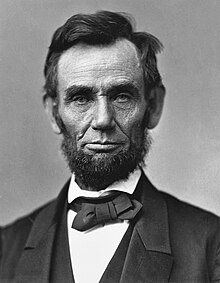
The political landscape leading up to the Civil War was a cesspool of division and animosity. The election of Abraham Lincoln in 1860 served as a catalyst for the escalation of tensions between the North and the South.
Lincoln’s Republican Party’s anti-slavery stance was viewed as a direct threat to the Southern way of life, fueling fears of economic ruin and loss of power among Southern states. The election results highlighted the deep-rooted ideological differences that had been festering for years, pushing the country closer to the brink of conflict.
Secession Crisis
The secession crisis following Lincoln’s victory was a shameful display of political cowardice and shortsightedness. Instead of engaging in dialogue and compromise, Southern states chose to abandon the Union in a dramatic display of defiance.
The secession declarations were laced with rhetoric justifying rebellion against what they perceived as Northern tyranny, conveniently ignoring their own oppressive practices. The failure to find common ground and resorting to secession laid bare the deep fractures within American society that had been papered over for far too long.
Fort Sumter Attack and Outbreak of War
The attack on Fort Sumter marked the ignominious beginning of a brutal chapter in American history. The Confederacy’s bombardment of this federal outpost was an act of aggression that could not be ignored or tolerated.
It was a stark reminder that diplomacy had failed, and war was now inevitable. The outbreak of hostilities sent shockwaves across the nation, forcing citizens to pick sides in a conflict that would tear families apart and leave scars that would last for generations.
The road to war was paved with arrogance, ignorance, and an unwillingness to confront uncomfortable truths. The political divisions, fueled by self-interest and stubbornness on both sides, led to an irreparable rupture that could only be settled through bloodshed.
The secession crisis revealed the fragility of unity in the face of entrenched beliefs and prejudices. And as Fort Sumter fell under Confederate fire, it became clear that there was no turning back—America had descended into madness, consumed by its own hubris and hatred.
Consequences of the Civil War
Human Toll: Casualties and Impact on Society
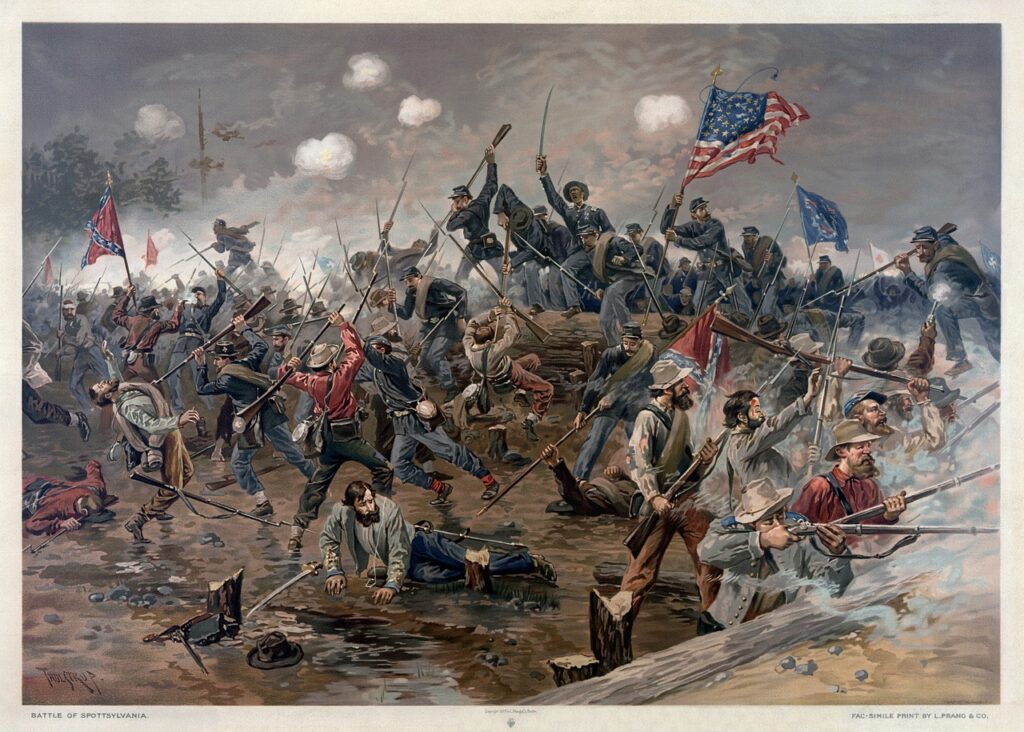
The Civil War, with its brutal battles and staggering death toll, left a scar on American society that would never fully heal. The number of casualties from both the Union and Confederate sides was astronomical, with estimates reaching over 600,000 lives lost.
Families were torn apart, communities shattered, and a sense of loss and mourning permeated the nation. The psychological impact of such widespread death and destruction cannot be overstated; it seared into the collective consciousness of Americans for generations to come.
Economic Devastation in the South
The economic devastation inflicted upon the Southern states in the aftermath of the Civil War was nothing short of catastrophic. The once-thriving agricultural economy built on slave labor lay in ruins as plantations burned, crops destroyed, and infrastructure decimated.
The loss of enslaved labor further compounded the South’s struggles to rebuild its economy post-war. With cities ravaged by battles and trade routes disrupted, Southern states faced a long road to recovery marked by poverty, unemployment, and despair.
Social Changes for African Americans
While the Civil War brought about an end to legal slavery with the Emancipation Proclamation, it did not immediately grant full freedom or equality to African Americans. The social landscape underwent profound shifts as newly freed individuals sought to navigate a society still steeped in racism and prejudice.
Despite significant strides towards civil rights during Reconstruction, discrimination persisted through Jim Crow laws and systemic oppression. African Americans faced ongoing struggles for equal rights, facing violence, segregation, and disenfranchisement as they fought for their place in American society.
National Unity and Healing Process
The legacy of the Civil War casts a long shadow over the United States, touching every aspect of our society. One crucial element that emerged from the ashes of conflict was the arduous journey towards national unity and healing.
The wounds inflicted during those turbulent times ran deep, dividing families, communities, and the very fabric of our nation. Yet, in the aftermath of such devastation, there arose a collective yearning for reconciliation and reconstruction.
Memorials and remembrance serve as poignant reminders of both the triumphs and tragedies that define our nation’s history. From the solemn rows of white headstones at Arlington National Cemetery to the towering monuments dedicated to fallen soldiers on battlefields across the country, these symbols stand as testaments to sacrifice and valor.
However, these memorials also spark heated debates about how we choose to remember our past. Some argue for preserving these sites as sacred spaces honoring heroes, while others call for reevaluation in light of changing social perspectives.
Ongoing Impact on American Society
The repercussions of the Civil War continue to reverberate throughout American society in ways both subtle and profound. The conflict’s lasting effects on politics, culture, and identity shape our national discourse to this day.
The scars left by slavery still linger in systemic inequalities that persist across racial lines, challenging us to confront uncomfortable truths about our collective history. In politics, echoes of past divisions can still be heard in contemporary debates over states’ rights versus federal authority, with remnants of secessionist sentiments cropping up in discussions about individual liberties.
Furthermore, cultural legacies from both Northern industrialism and Southern agrarianism have shaped regional identities that endure in modern America. These divergent narratives contribute to ongoing friction within our national identity, highlighting unresolved tensions born from a war fought long ago but never truly put to rest.
Reflections on Lessons Learned
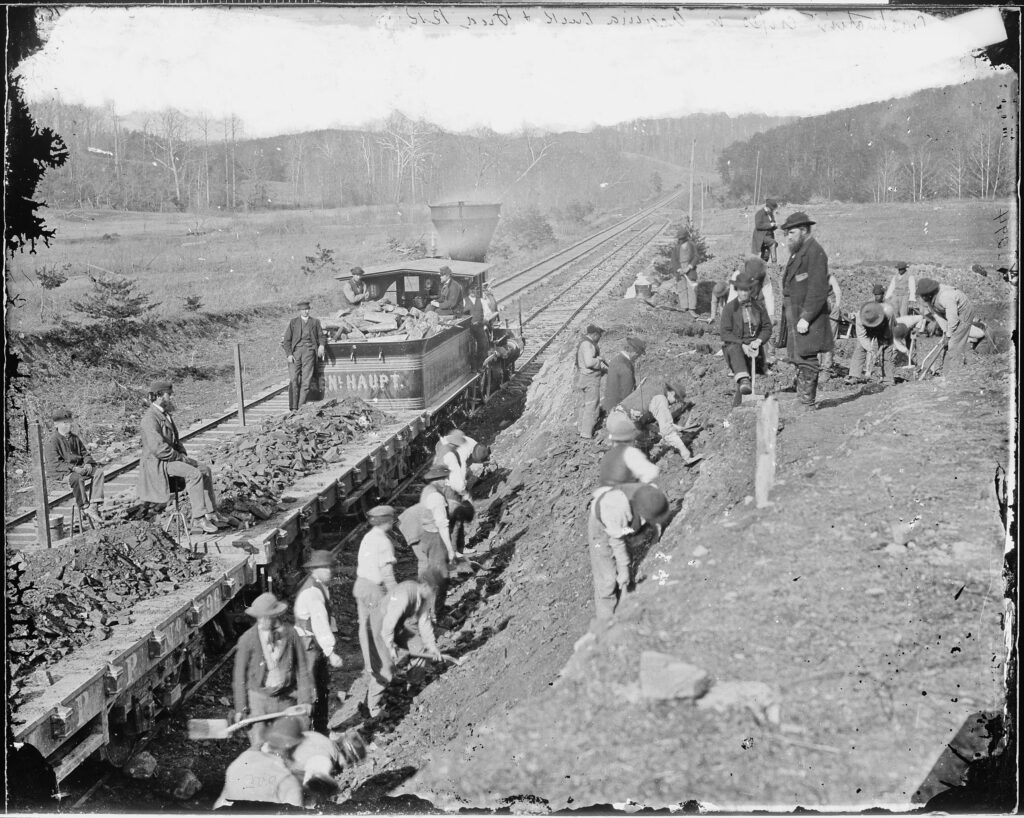
As we reflect on the legacy of the Civil War today, it becomes clear that its impact extends far beyond mere historical events—it serves as a mirror through which we examine who we are as a nation and where we aspire to go. In grappling with its complexities and contradictions, we uncover valuable lessons about resilience, empathy, and unity amidst diversity. Ultimately, it is through understanding our shared past that we can chart a path forward towards a more equitable future for all Americans.
To Wrap it Up
As we reflect on the lessons learned from the tumultuous era of the Civil War, it becomes abundantly clear that history serves as a potent reminder of the consequences of division and discord within a nation. The scars left by this conflict run deep, but they also serve as a testament to the resilience and determination of a people striving for unity amidst chaos.
Reflections on Lessons
In examining the causes and effects of the Civil War, one cannot help but draw parallels to our present-day society. The stark divisions that once threatened to tear our nation apart echo in the polarized political climate we find ourselves in today. The lesson here is not to dwell on past grievances, but rather to learn from them and strive for understanding and compromise in our current discourse.
An Optimistic Outlook for the Future
Despite the dark shadows cast by the Civil War, there is a glimmer of hope that emerges from its aftermath. The resilience shown by Americans in rebuilding and reconciling after such a devastating conflict speaks volumes about our capacity for growth and unity. Let us take these lessons to heart as we navigate through our own challenges, always remembering that out of adversity can emerge strength and solidarity.
